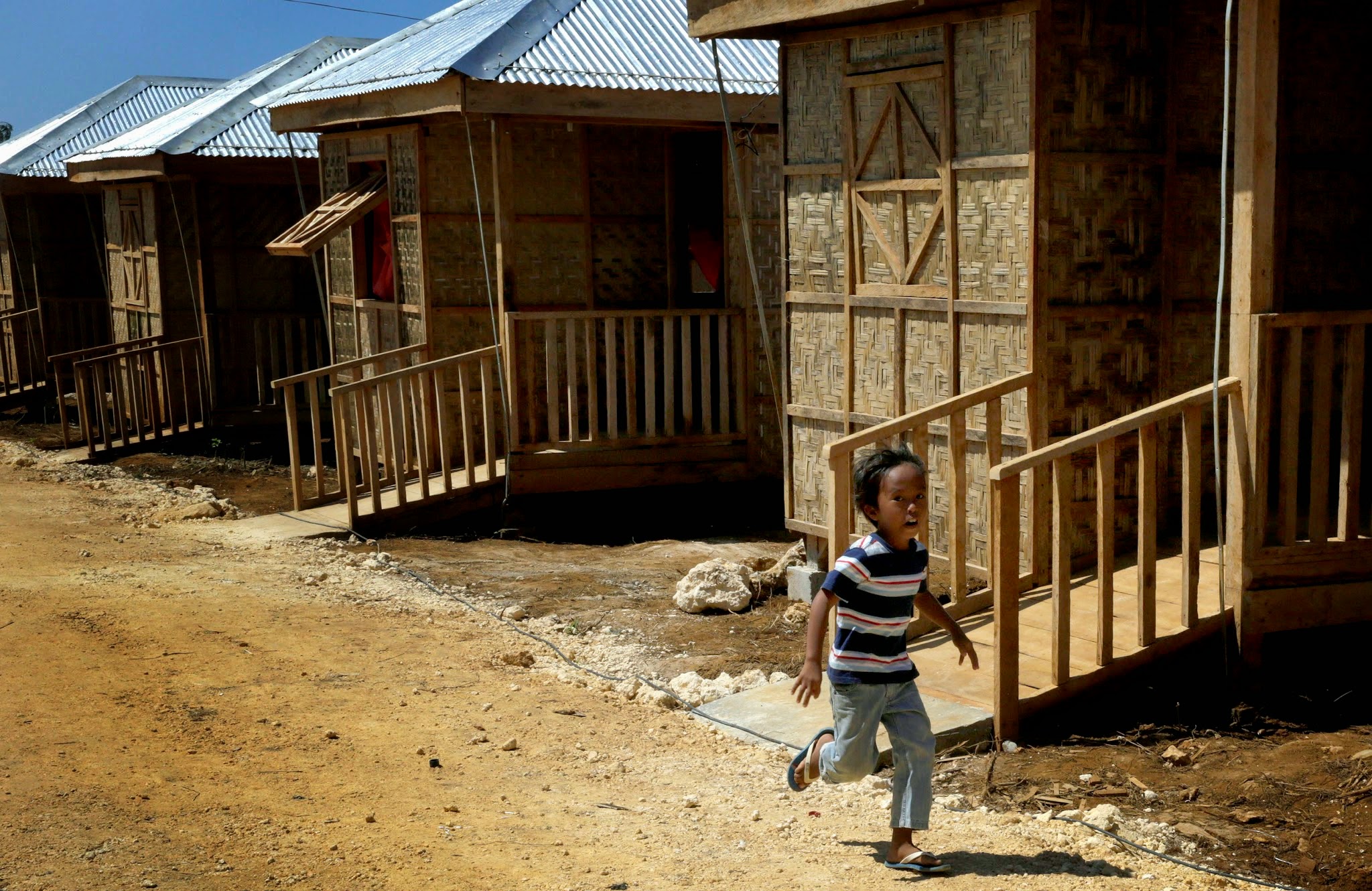
MANILA — Government’s shelter production arm National Housing Authority (NHA) targets commencing in 2015 its relocation of people affected by last year’s onslaught of super typhoon ‘Yolanda’ (international name ‘Haiyan’).
NHA General Manager Chito Cruz said the agency is looking at such timetable, expecting to deliver beginning June 2015 the bulk of the partial 46,000 housing units that’ll be turned over to people concerned.
“Between June and November, we’ll start relocating most of the affected people to their respective units,” he said.
Cruz noted government already released to NHA PHP 13.5 billion for the construction of the units.
He said government also approved an additional PHP9 billion budget for ‘Yolanda’ housing, giving NHA the opportunity to increase its output to some 76,000 units.
Citing Department of Public Works and Highways (DPWH) data, NHA earlier said government prioritized for permanent housing development some 60,000 families in six regions reeling from ‘Yolanda.’
NHA aims initially relocating some of the affected people by March 2015 as the agency expects finishing by then construction of some 7,000 housing units, Cruz noted.
‘Yolanda’ plowed through Central Philippines on Nov. 8 last year, killing over 6,000 people and nearly destroying everything on its path.
Experts cited ‘Yolanda’ as the strongest tropical cyclone to make landfall so far in the world’s recorded history.
Destruction from ‘Yolanda’ covered a total 171 cities andmunicipalities in 14 provinces across six regions, noted Sec. Panfilo Lacson who Malacanang designated as rehabilitation czar for the calamity-stricken areas.
“Given that extent of destruction, it’s not easy to come up with the Comprehensive Rehabilitation and Recovery Plan (CRRP) for ‘Yolanda’ areas,” he said, explaining why it took about a year for government to develop this road map.
Covering over 1,000 pages, he said CRRP lists all required resettlement-, infrastructure-, social services- and livelihood-related undertakings for rehabilitation and recovery down to the village or ‘barangay’ level.
Last month, Malacanang announced approving the CRRP.
In its latest available update on the calamity, National Disaster Risk Reduction and Management Council (NDRRMC) said as of April 3 this year, a total 6,293 people were reported dead from ‘Yolanda.’
NDRRMC said ‘Yolanda’ also left 28,689 people injured and 1,061 others missing.
‘Yolanda’ likewise totally damaged 550,928 houses and partially destroyed 589,404 dwellings.
Leyte province’s capital Tacloban City is among areas ‘Yolanda’ ravaged.
NHA targets building there some 14,000 housing units, said Cruz.
He noted NHA already awarded contracts for constructing 11,000 of such units so work on these will begin soon.
“This November and December, we’ll award contracts for constructing the remaining 3,000 dwelling units,” he said.
GMA Ka Puso Foundation Inc. is among NHA’s private partners in providing shelter for ‘Yolanda’ victims.
Cruz dismissed speculations government isn’t moving fast enough to provide housing for ‘Yolanda’ victims, noting an NHA housing project’s completion is about 10 months to 12 months from awarding of contract to build housing units.
He attributed such to land development work which must still be undertaken in relocation sites.
The work includes building roads as well as providing drainage and utilities, he continued.
NHA must also address the problem on shortage of land where this agency can build its housing units, he noted.
Cruz said in line with Malacanang’s order for government to build back better in the ‘Yolanda’ areas, NHA upgraded its housing design standards.
NHA sought the public works department’s help in the upgrade, he noted.
The upgraded standards call for houses that can withstand 250 kph winds, he said.
Lacson said housing units for the ‘Yolanda’ victims must be able to withstand intensity 9 earthquakes as well.
The public works department set such wind- and earthquake-related standards, he noted.
He said private entities interested in building housing units for the ‘Yolanda’ victims must comply with such standards.
“We allow the private sector to build such units as long as these follow government’s standards,” he added.